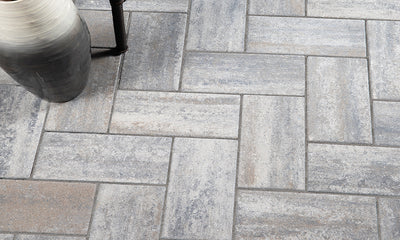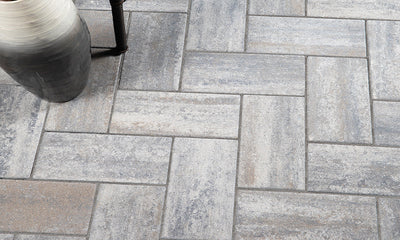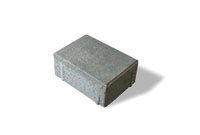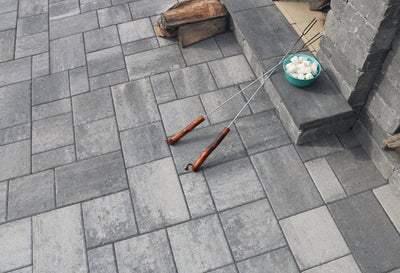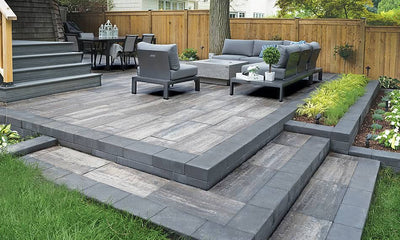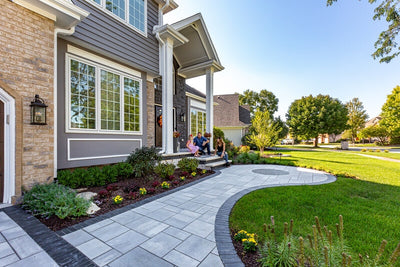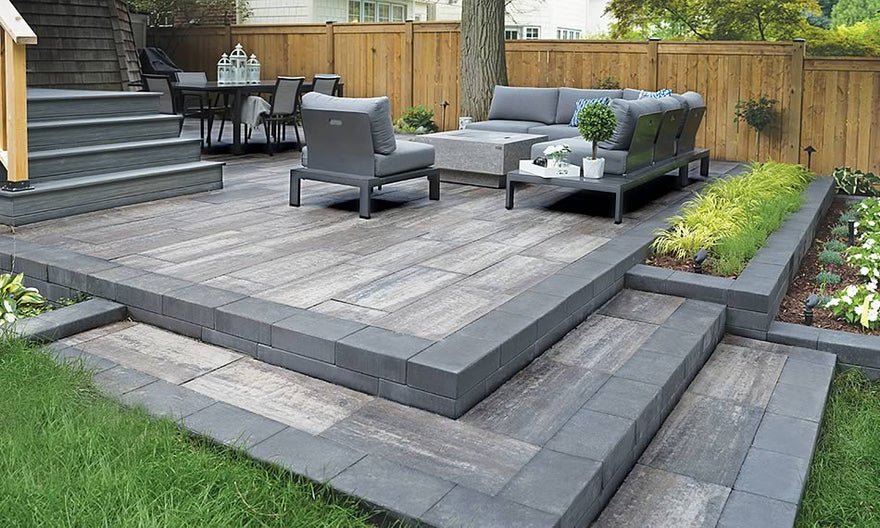
4 Key Things to Consider When Planning a Hardscaping Project
Jonathan Perrette
Hardscaping is one of the most impactful aspects of landscaping, as it involves the installation of non-plant elements like stone patios, retaining walls, walkways, fire pits and driveways.
These features not only enhance the aesthetics and functionality of your outdoor space but also contribute to the long-term value of your property. However, a successful hardscaping project requires careful planning. Whether you’re building a walkway or a complete backyard makeover, here are four things to keep in mind when starting your hardscaping project.
1. Budget and Cost
Why it Matters:
Hardscaping projects can range in cost depending on the materials you choose, the size of the project and whether you hire professionals or do the work yourself. Without a clear budget, it’s easy to overspend or miss hidden costs.
What to Consider:
-
Material Costs: Some materials, like natural stone or custom pavers, can be significantly more expensive than others like concrete or gravel. Research the prices of your desired materials and factor in additional costs for delivery, equipment rentals, and installation.
-
Labor Costs: If you’re hiring help, labor costs can take up a large portion of your budget. Get quotes to ensure you’re getting a price within your budget, and consider doing some of the work yourself to save on costs.
-
Long-term Costs: It’s important to remember that hardscaping materials can have ongoing costs, including as maintenance and replacement. Wood decks may need sealing or staining over time, where stone may be more durable and require less upkeep.
2. Design and Functionality
Why it Matters:
Hardscaping is not just about looks, it should also serve a practical purpose. Whether you’re adding a patio for entertaining or a retaining wall to manage soil erosion, the design should fit both your needs and your outdoor space.
What to Consider:
-
Purpose of Each Feature: Think about how each hardscaping element will be used. Will a new driveway need to handle heavy vehicles? Is a fire pit intended for social gatherings? Knowing the purpose will help guide your material choice and the scope of the project.
-
Flow and Connectivity: Make sure that the elements you’re adding connect with each other and create a cohesive flow. For instance, pathways should lead naturally from one area to the next without interrupting the design or causing congestion.
-
Accessibility: Consider whether the hardscaping will be accessible for everyone, including individuals with mobility challenges. Some helpful tips is to consider including wider walkways, ramps and slip-resistant surfaces.
3. Material Selection
Why it Matters:
The materials you choose will have a lasting impact on the look, durability and maintenance of your hardscaping. Different materials have different strengths and costs, so it’s important to select the right one for each part of your project.
What to Consider:
-
Durability: Some materials, like natural stone, are incredibly durable and care able to withstand heavy use, while others, like wood or gravel, may need more maintenance or have a shorter lifespan.
-
Climate Considerations: Choose materials that are appropriate for your local climate. For example, some stones can crack under freeze-thaw conditions, while certain wood products can deteriorate faster in high humidity or wet conditions.
-
Style and Aesthetics: The materials you choose should complement the style of your home. A modern house might pair well with sleek concrete pavers, while a rustic country home may pair best with natural flagstone paths or brick patios.
4. Maintenance and Longevity
Why it Matters:
Hardscaping elements are a long-term investment in your property, so it’s essential to consider how much maintenance they’ll require over time. Some materials and features demand more upkeep than others, which could influence the longevity and overall cost-effectiveness of the project.
What to Consider:
-
Ease of Maintenance: Some materials require frequent cleaning or sealing, like wood or certain types of tile, while others, like stone or concrete, may require little more than occasional cleaning. Choose materials that fit your desired level of upkeep.
-
Durability and Wear: Think about how well the materials will stand up to weather, traffic, and other environmental factors. Hardscaping elements like driveways, patios, and walls are subject to wear over time, so selecting durable materials can reduce the frequency of repairs or replacements.
-
Repairability: Some materials are easier to repair than others. For example, individual pavers or stones can often be replaced if damaged, while cracks in poured concrete may require more extensive repair work.
A successful hardscaping project requires thoughtful planning, clear budgeting and careful material selection. Hardscaping can elevate your outdoor living space, increase the value of your property and provide a lasting foundation for your landscaping vision.
To learn more about these key considerations and how to best plan your hardscaping project, contact Canlok Stone.




